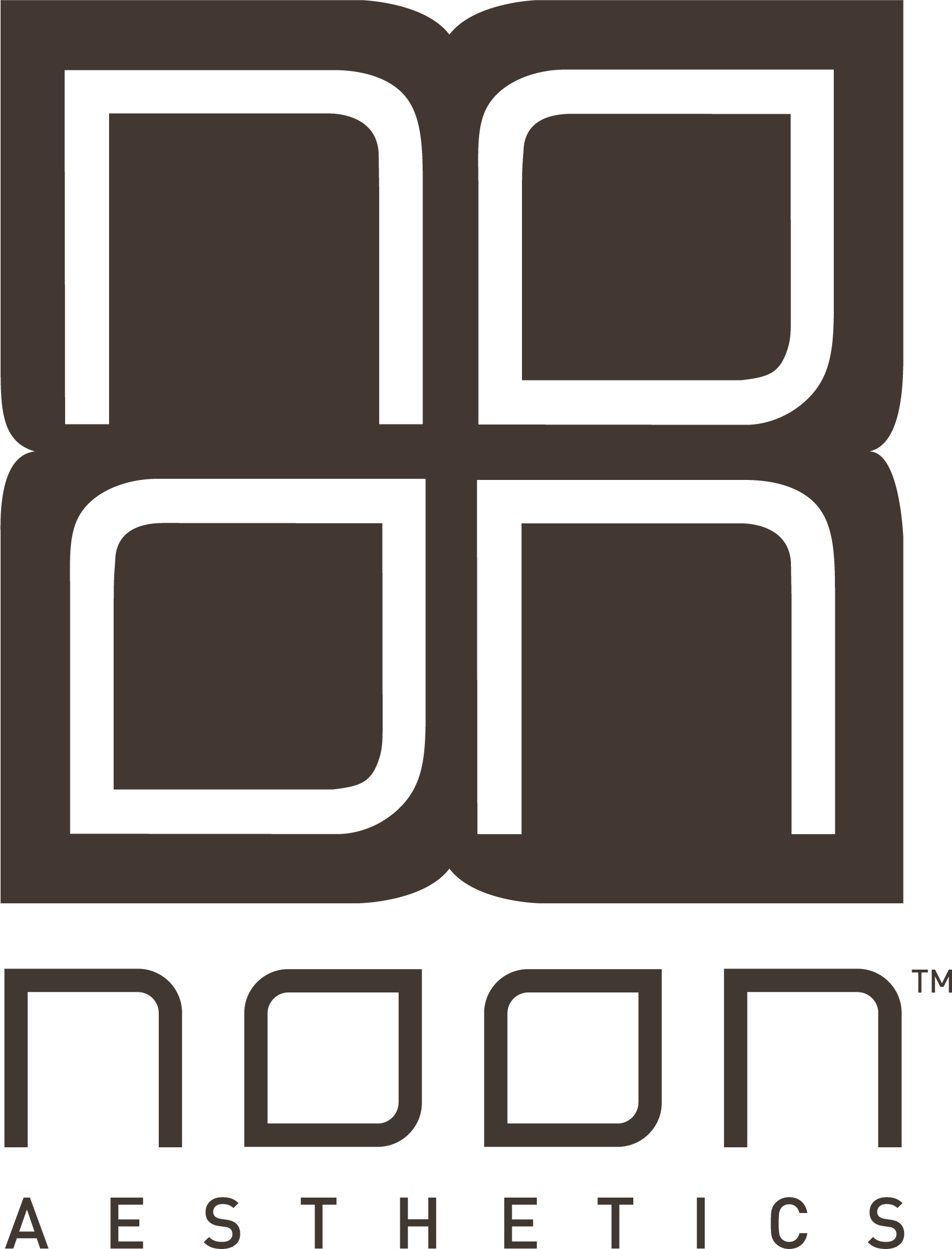THE THINGS YOU THINK YOU KNOW ABOUT ACNE: WHAT IS ACNE?
“The first step in solving a problem is recognizing there is one.”
Similarly, you need to understand a condition in order to treat it. Unfortunately, acne is a condition that has many misconceptions surrounding it. From what causes acne, how it manifests, how it’s treated and what to do when suffering from acne, these misconceptions aren’t just limited to the layman.
The truth is that acne is still a poorly understood and understudied condition that many avoid looking into, primarily due to its connection with puberty. As such, “common knowledge” gets passed on from one generation to the next, without much in the way of critical examination, and modern advances fall to the wayside. So let’s dispel some of those misconceptions. We’ll start by going over what acne actually is.
Acne is a chronic, multi-factor, infectious disease of hair follicles and sebaceous glands. So let’s break that down:
Starting during puberty, the body produces androgen in the adrenal glands and in the testes, or for women in the ovaries. Often called the “male” hormone, it appears in both men and women. Some people suffer from a predisposition that causes the appearance of androgen in the blood to cause side effects that it normally wouldn’t.
One such side effect is hyperactive sebaceous glands (part of the skin) also known as sebaceous hyperplasia.When functioning normally, these glands produce sebum, an oily substance that lubricates the skin in order to protect it from drying out or becoming irritated. However when there is an overproduction of sebum in the sebaceous gland, it can cause a buildup of sebum within the sebaceous gland and nearby follicles, which causes the gland to become blocked. This, in turn, can cause a comedo(whitehead or blackhead), which may bring about an infection due to the anaerobic conditions(lack of oxygen) within the gland.
Within this environment, the bacteria Propionibacterium Acne (P. Acne), can multiply rapidly and cause an inflammation of the comedones. This then changes the characteristics of acne lesions.
This overview is a simplified and abridged explanation of the various steps involved in the formation of acne. However, it does demonstrate that there are numerous conditions that need to be met for acne to form, and acne in itself has numerous stages and manifests in different possible ways.
The same is true when it comes to treatment: there is no single treatment that can alleviate all of the symptoms, but rather a specific treatment regimen must be created to treat the acne and its accompanying symptoms. Furthermore, the chronic nature of acne means that even when symptoms subside, treatment should continue to prevent them from resurfacing.
